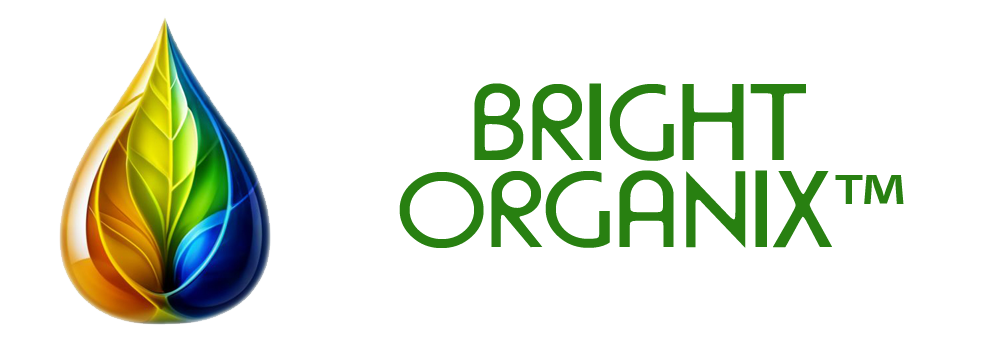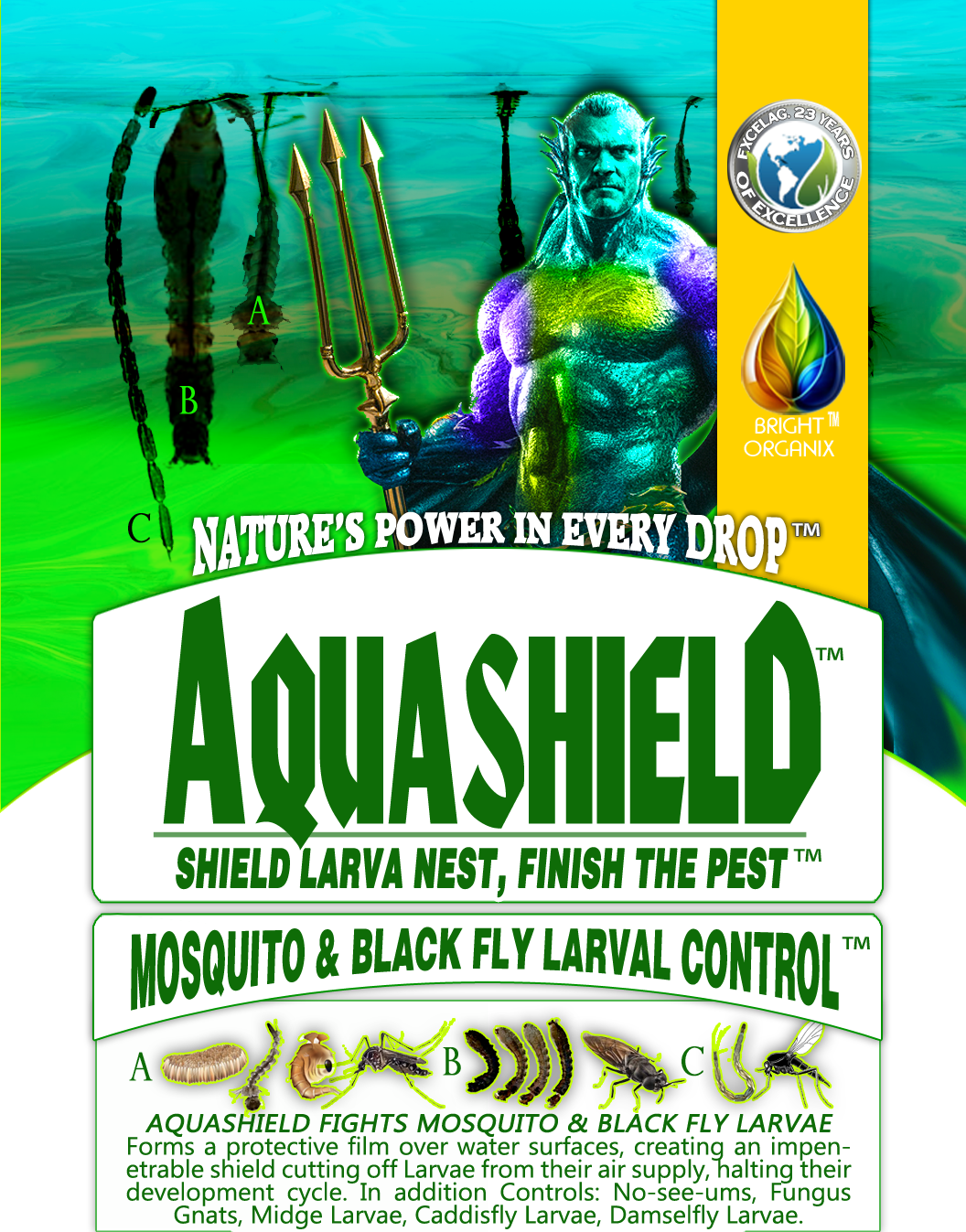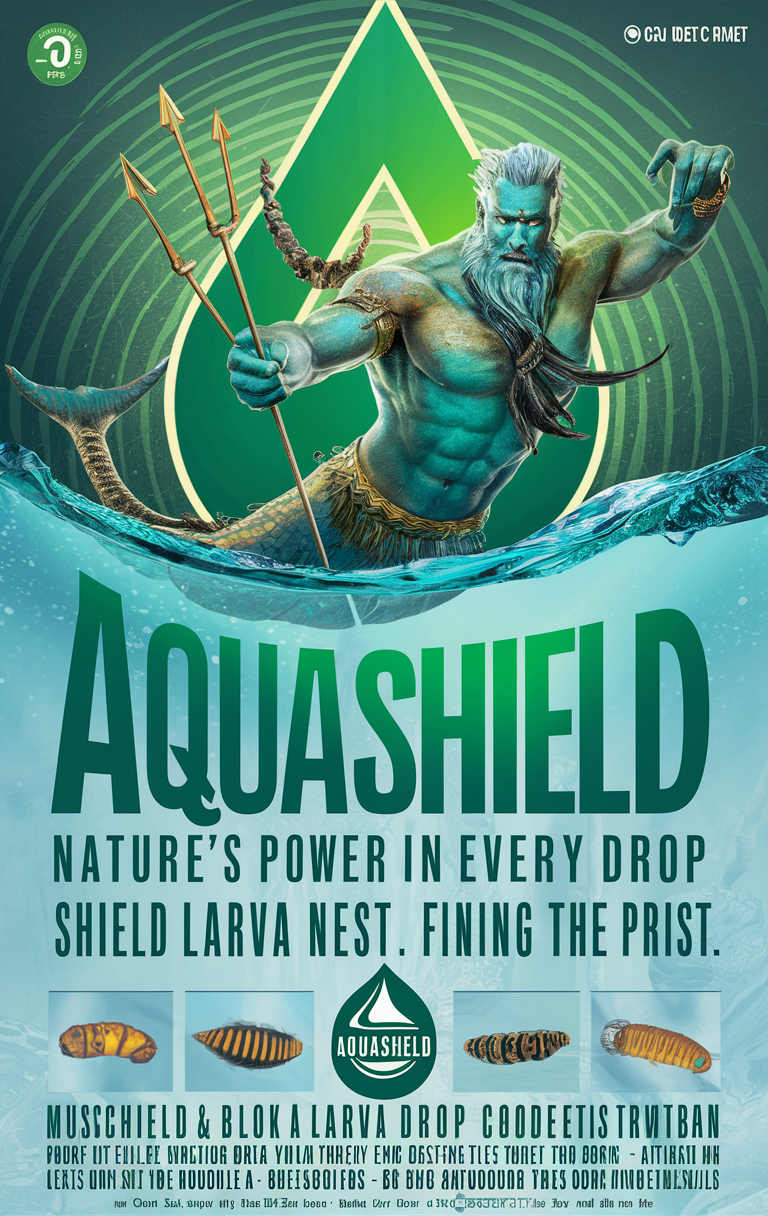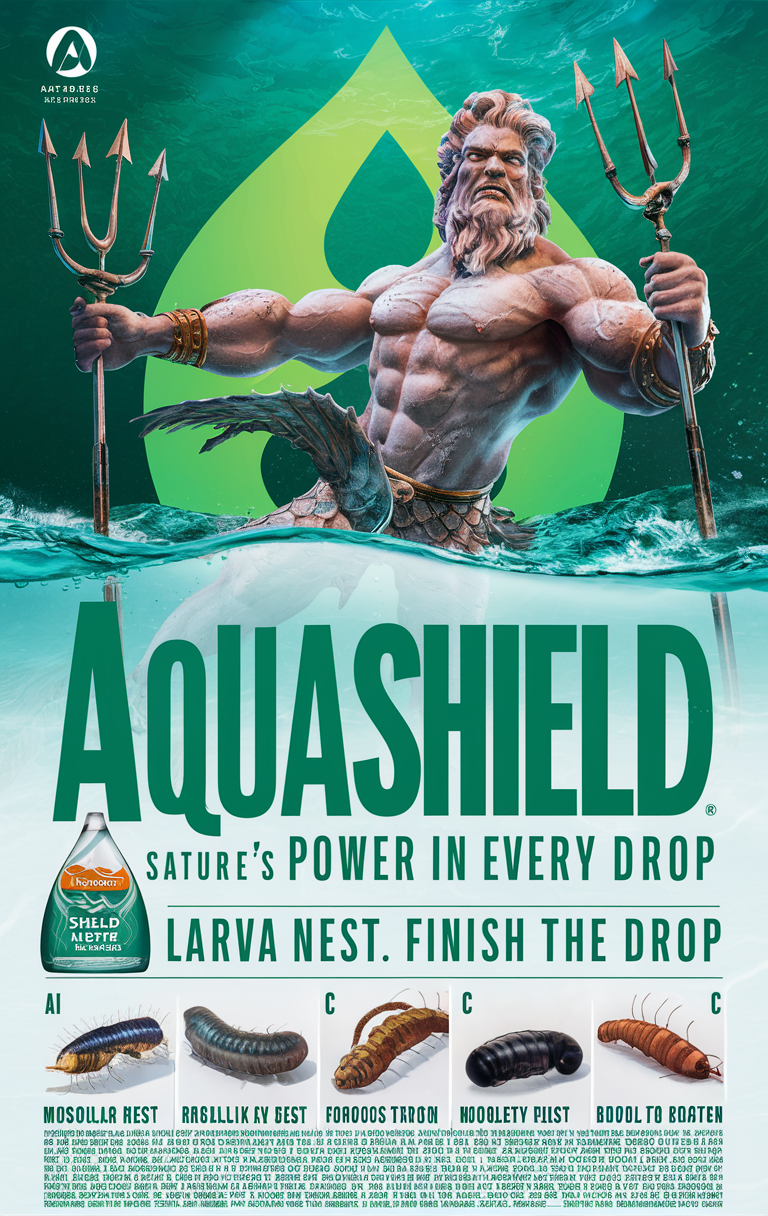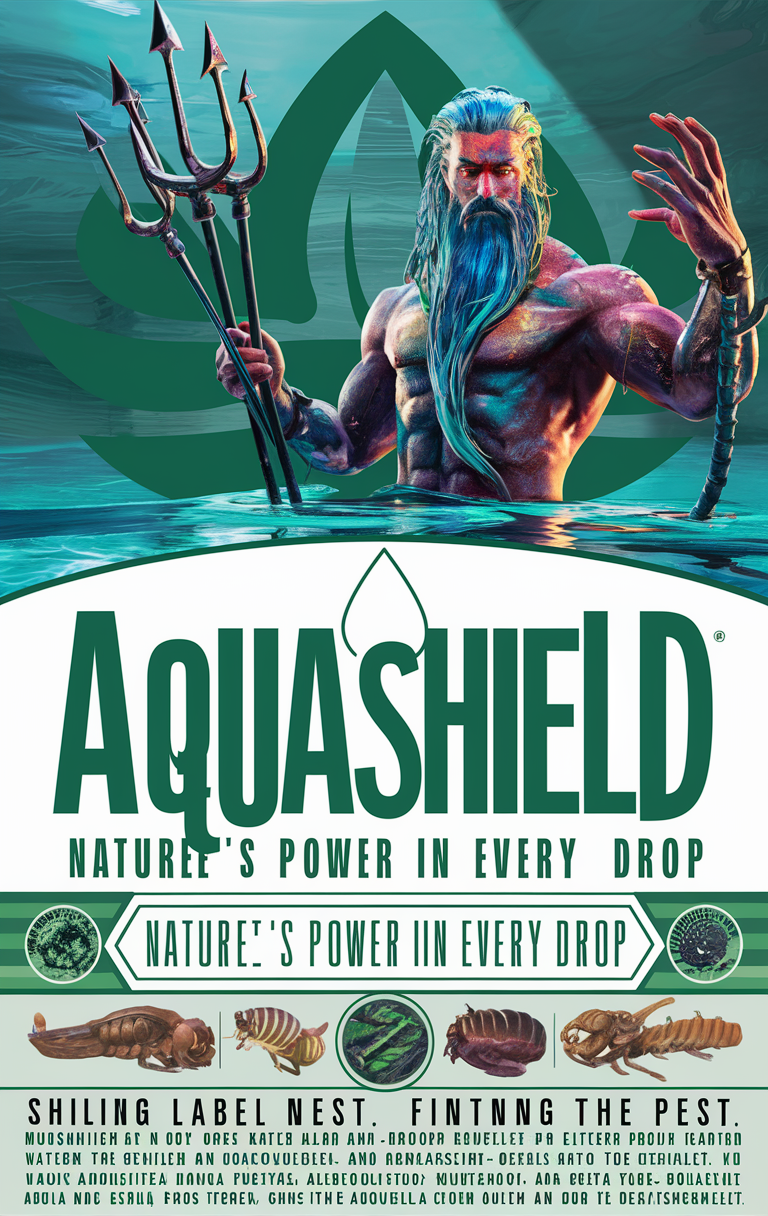Larvae of mosquitoes are classified as **pests**. Here is detailed information about them:
– **Category**: Pest
– **Description**: Mosquito larvae are the aquatic immature stage of mosquitoes. They are commonly found in standing water such as ponds, puddles, marshes, and artificial containers like tires, buckets, and bird baths. The larvae are commonly referred to as “wrigglers” due to their movement in water. They have a slender, segmented body, a head with mouth brushes for feeding, a thorax without legs, and an abdomen with breathing siphons.
– **Impact**: While mosquito larvae themselves do not transmit diseases, they are significant because they develop into adult mosquitoes, which are well-known vectors of many serious diseases. Therefore, controlling mosquito larvae is crucial in reducing the population of adult mosquitoes and the diseases they can transmit.
– **Public Health Concern**: Reducing mosquito larvae helps lower the number of adult mosquitoes that can spread diseases such as malaria, dengue fever, Zika virus, chikungunya, and West Nile virus.
– **Environmental Impact**: Mosquito larvae feed on organic matter in water, and in high numbers, they can affect the aquatic ecosystem. However, their primary significance is related to the control of adult mosquito populations.
– **Control Methods**: Managing mosquito larvae involves several strategies aimed at reducing the number of breeding sites and directly targeting larvae:
– **Environmental Management**: Eliminating standing water where mosquitoes can lay eggs. This includes cleaning gutters, removing discarded containers, changing water in bird baths and pet dishes regularly, and maintaining swimming pools.
– **Biological Control**: Introducing natural predators like fish (e.g., Gambusia affinis, commonly known as mosquito fish) that feed on mosquito larvae. Other biological agents include the use of Bacillus thuringiensis israelensis (Bti), a bacterium that produces toxins lethal to mosquito larvae.
– **Chemical Control**: Applying larvicides to water bodies to kill mosquito larvae. Common larvicides include methoprene and temephos. These should be used responsibly to minimize environmental impact.
– **Community and Public Health Measures**: Educating the public about the importance of mosquito control, conducting community clean-up campaigns to reduce breeding sites, and implementing large-scale larviciding programs by public health authorities.
In summary, mosquito larvae are classified as pests due to their role in developing into adult mosquitoes, which are vectors of serious diseases. Effective management of mosquito larvae is a critical part of mosquito control programs aimed at reducing the population of adult mosquitoes and the associated health risks.
-
Upon application, AquaShield rapidly forms a protective film over water surfaces, creating an impenetrable shield. This barrier cuts off mosquito larvae from their essential air supply, effectively halting their development cycle and preventing the emergence of adult mosquitoes. This innovative barrier formation is a key feature of AquaShield, ensuring comprehensive larval mosquito and black fly control. The barrier’s effectiveness reduces the need for frequent reapplications, saving time and resources while maintaining a high level of protection against pests.
Disruption of Egg-Laying Habits: AquaShield‘s unique Larval mosquito and Black Fly control properties alter the water’s surface tension, deterring female mosquitoes from depositing their eggs. This preemptive action significantly reduces future mosquito populations at their inception point. Effective larval mosquito and black fly control begins with disrupting the egg-laying habits of these pests. By preventing eggs from being laid, AquaShield ensures fewer larvae develop, reducing the overall mosquito population. This proactive measure is essential for long-term pest management and maintaining a healthy environment.
Mixing Instruction
- For the Ready to use (RTU) version of AquaShield just apply Spray directly on the water surface.
- For the Concentrated version (CTU) of AquaShield use 1 drop per square meter of water, 16 oz container will cover 2.5 acres of water, 32 oz container will cover 5 acres of water, and 1 Gallon container will cover 19 Acres of water. For RTU containers Spray directly in film of water. Shake well before use. Wash hands after application to avoid ingestion.
- Spray the desired rate of AquaShield onto the water surface. No dilution is needed; use a fan nozzle spray.
- When applying AquaShield by hand, dispense 10-20 drops directly onto the water surface per square meter for effective coverage.
- To Control Mosquitoes on Fresh and Brackish water: 2 – 10 liters/hectare
- To Control Mosquitoes on Polluted Waters: 3.5 – 10 liters/hectare
- AquaShield™ surface film typically persists on the water’s surface for 5 to 22 days.
- SHAKE OR AGITATE THOROUGHLY BEFORE US.
size : 1 Gal RTU - 32oz RTU - 16oz CTU
